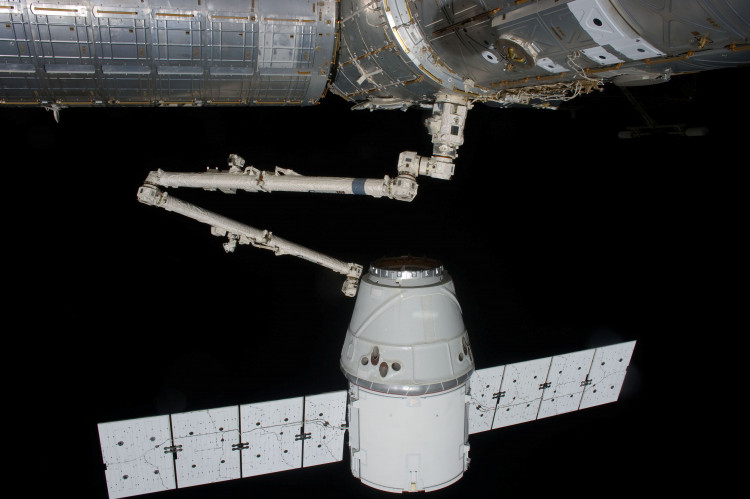SpaceX on Tuesday will launch 60 more Starlink version 1.0 (v1.0) Internet communication satellites into Low Earth Orbit (LEO) at 9:19 p.m. EST or 0219 GMT.
A SpaceX Falcon 9 B5 launch vehicle will carryout "Mission 2," the first Starlink mission for 2020. It will blast-off from the Cape Canaveral Air Force Station in Florida. The Falcon 9 will take the Starlink small satellites, or smallsats, to an altitude of 500 km where they will deploy as part of the ever-expanding Starlink super constellation. They will join the 122 other Starlink satellites already in LEO.
By the mid-2020s, the number of Starlink satellites will exceed 12,000. SpaceX intends to deploy 30,000 more Starlink smallsats, bringing the total number of Starlink spacecraft in its super constellation to 42,000.
The first group numbering12, 000 satellites will be placed in three orbital shells: 1,600 satellites will be inserted into a 550 km (340 mile)-high altitude shell; 2,800 Ku- and Ka-band spectrum satellites will circle the Earth at 1,150 km (710 miles) while 7,500 V-band satellites will be located 340 km (210 miles) high. Commercial operation for the Starlink satellites will begin this year.
Mission 1, the previous Starlink v1.0 launch, deployed 60 satellites to LEO on Nov. 11, 2019. This group consisted of the first v1.0 spacecraft placed into orbit. This improved version has increased spectrum capacity for end-users and makes full use of the capabilities of the Ka- and Ku-bands.
Total cost of the Starlink project that will see SpaceX design, build and deploy this super constellation is estimated at over $10 billion. There are some who doubt if SpaceX can raise this enormous amount of money within the next few years.
SpaceX previously said Starlink would become fully operational once 800 satellites are activated. Reaching this number will require a dozen more launches aboard SpaceX Falcon 9 launch vehicles.
Starlink satellites have a flat-panel design and each weighs some 500 kg. In July 2019, SpaceX CEO Elon Musk said Starlink would offer a competitively priced alternative for people unhappy with their current Internet service.
Once deployed at their target altitude, the Starlinks will gradually fan-out and use their thrusters to climb to their respective orbits for testing. The satellites will then ascend to an operational altitude of 550 km (341 miles) at an orbital inclination of 53 degrees to the equator. It will take about an hour for the Falcon 9 rocket to deliver the 60 Starlink satellites to orbit.
SpaceX will again recover the Falcon 9's first stage after Tuesday's night launch, along with the rocket's payload fairing. One of SpaceX's three autonomous spaceport drone ships has set sail from Port Canaveral toward the landing zone in the Atlantic Ocean.
The B1049.4 first-stage booster that will be recovered in this mission was last used to launch the first group of 60 Starlink satellites from Cape Canaveral in May 2019. It first launched in September 2018 carrying the Telstar 18 VANTAGE communications satellite into orbit. It flew again in January 2019 from Vandenberg Air Force Base in California with 10 Iridium voice and data relay satellites.






